
Soil Health & Fertilization
We unite suppliers and green industry professionals worldwide
Have you ever seen a flower that blooms with the arrival of rain? The Rain Lily does exactly that, adding splashes of color to your garden as the clouds open up.
By Victor Miller
|Published on June 12, 2025
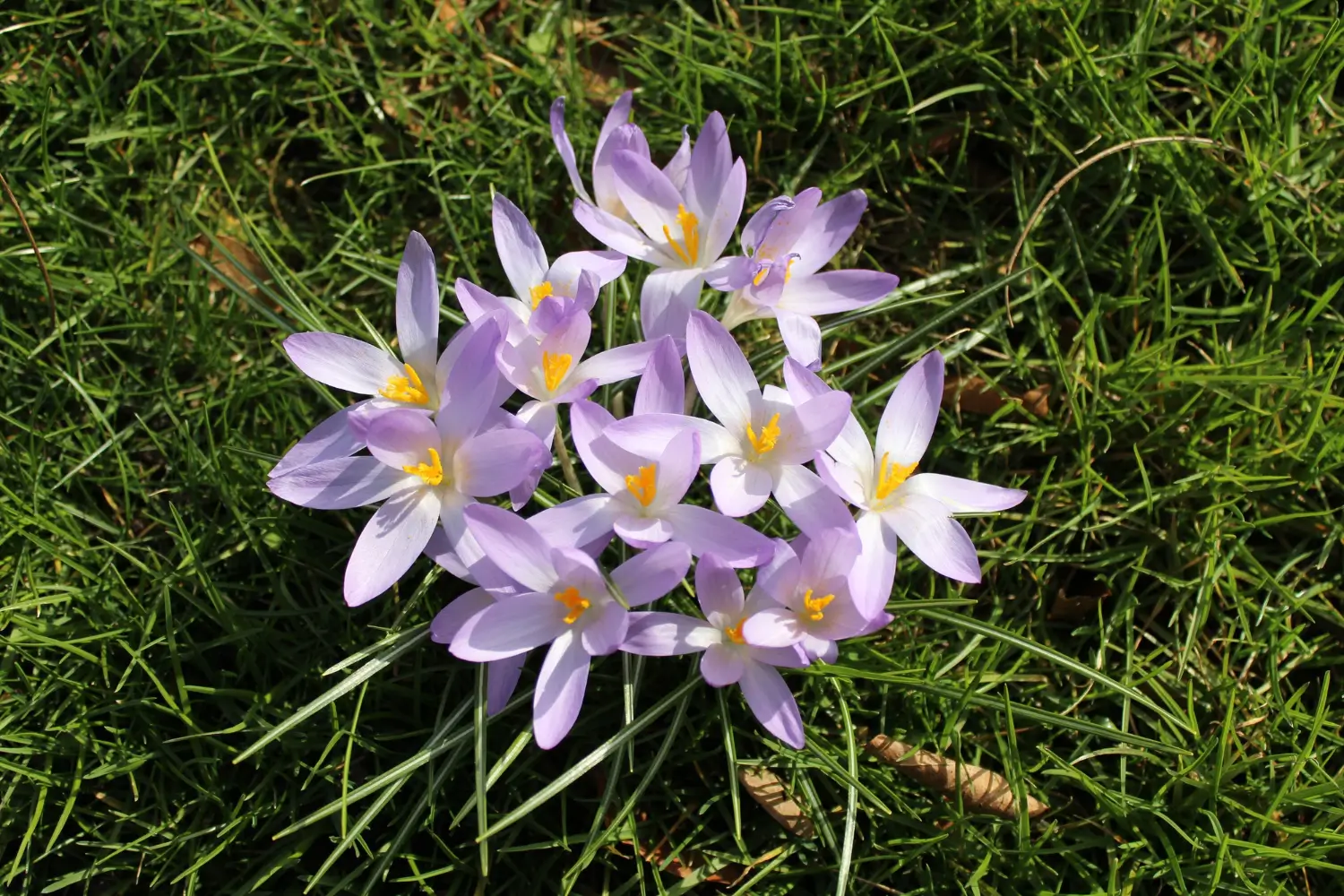

Have you ever seen a flower that blooms with the arrival of rain? The Rain Lily does exactly that, adding splashes of color to your garden as the clouds open up. With its rapid flowering response to rain, the Rain Lily offers delicate, funnel-shaped blooms that bring elegance to any garden. Its name reflects this magical characteristic, as it often surprises gardeners by flourishing after a much-needed downpour.
Rain lilies belong to the Zephyranthes genus and are commonly known as fairy lilies. These hardy perennials are named for their tendency to flower immediately after a rain shower and are among nature’s little miracles. If you’ve ever been curious about why some flowers seem to come to life as soon as the rain hits, the Rain Lily’s story is truly fascinating.
| Common Name | Rain Lily |
| Botanical Name | Zephyranthes spp. |
| Plant Type | Perennial |
| Height/Spread | 8 to 12 inches tall, 6 to 8 inches wide |
| Sunlight needs | Full sun to partial shade |
| Soil | Slightly-acidic and well-draining soil |
| Watering requirements | Moderate to regular watering |
| Bloom Period | Late spring to early fall, following rainfall |
| Hardiness Zones | USDA 7–10 |

September 25, 2025
9 minute read
September 24, 2025
9 minute read
September 23, 2025
10 minute read
September 22, 2025
9 minute read


Join as a seller and connect with thousands of B2B buyers nationwide!
Sign Up
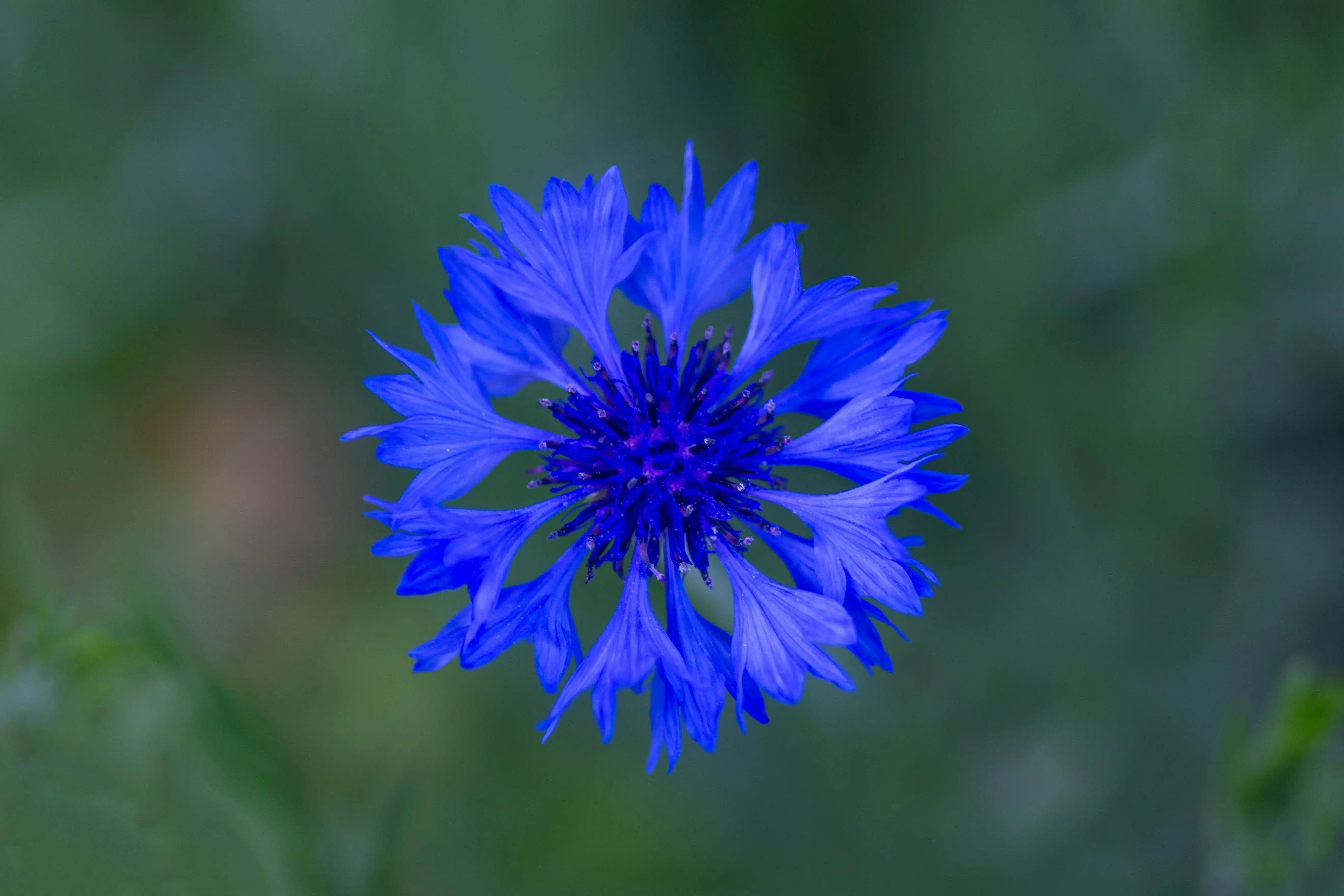
Bachelor's Button
Bachelor’s Button (Centaurea cyanus), or cornflower, has a bit of name that may bring to mind the flower of a free spirit or a romantic soul. Native to Europe but beloved across the globe for its bold, colorful blooms and ability to thrive in a variety of
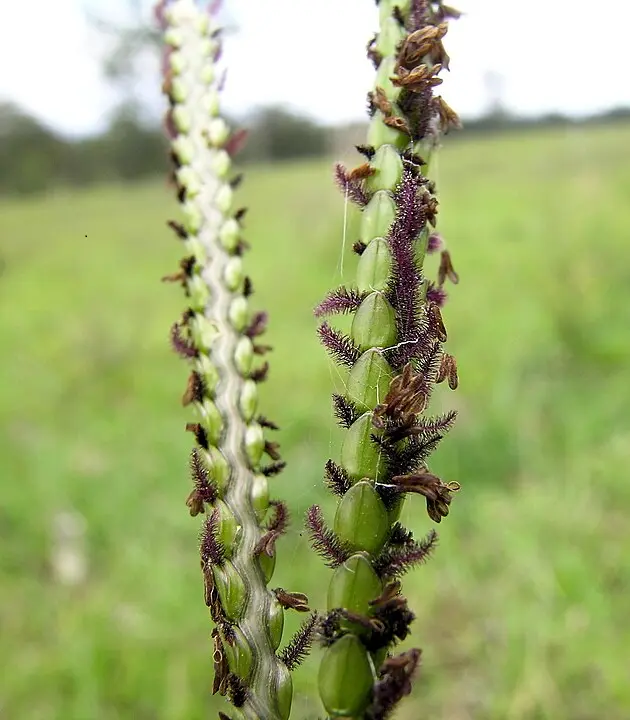
Bahia Grass
Bahia Grass (Paspalum notatum) is an example of a plant that grows with not much work but yields an attractive, green lawn with superior durability.
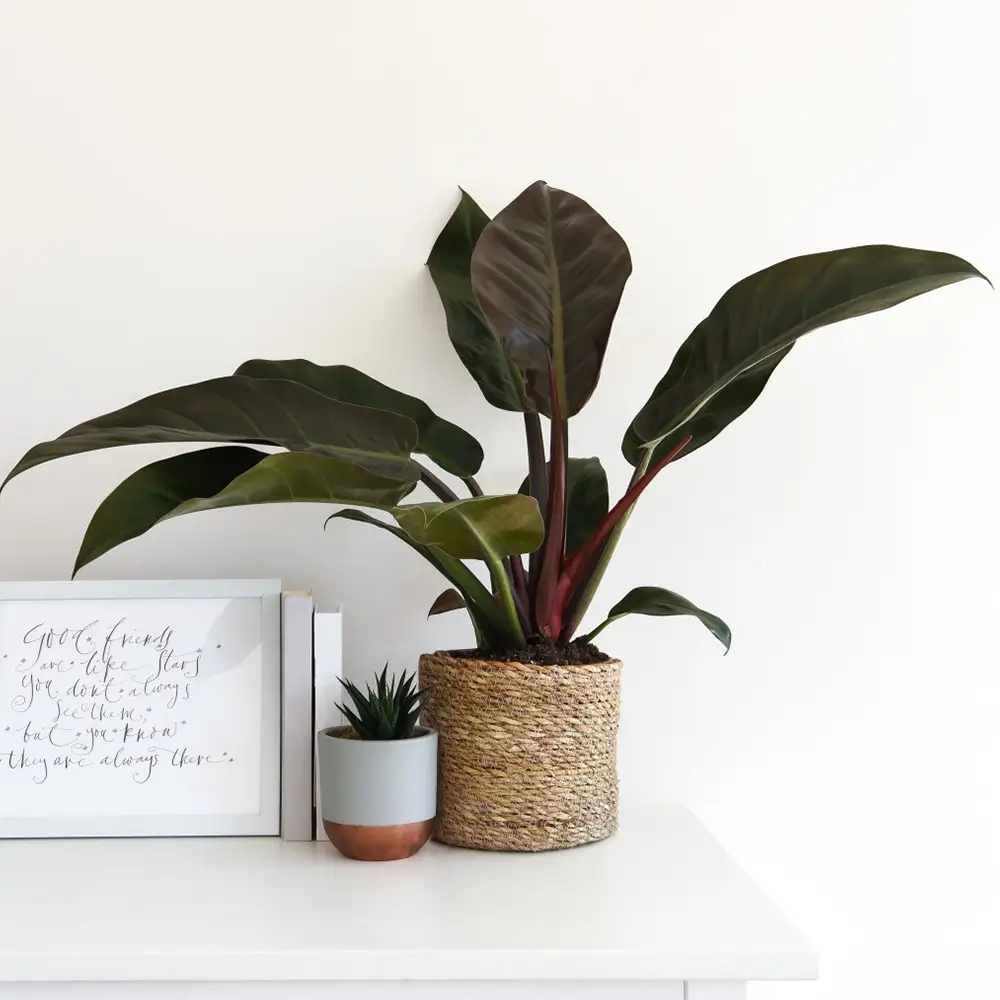
Imperial Red Philodendron
An eye-catching foliage plant that brings a touch of elegance indoors and outdoors
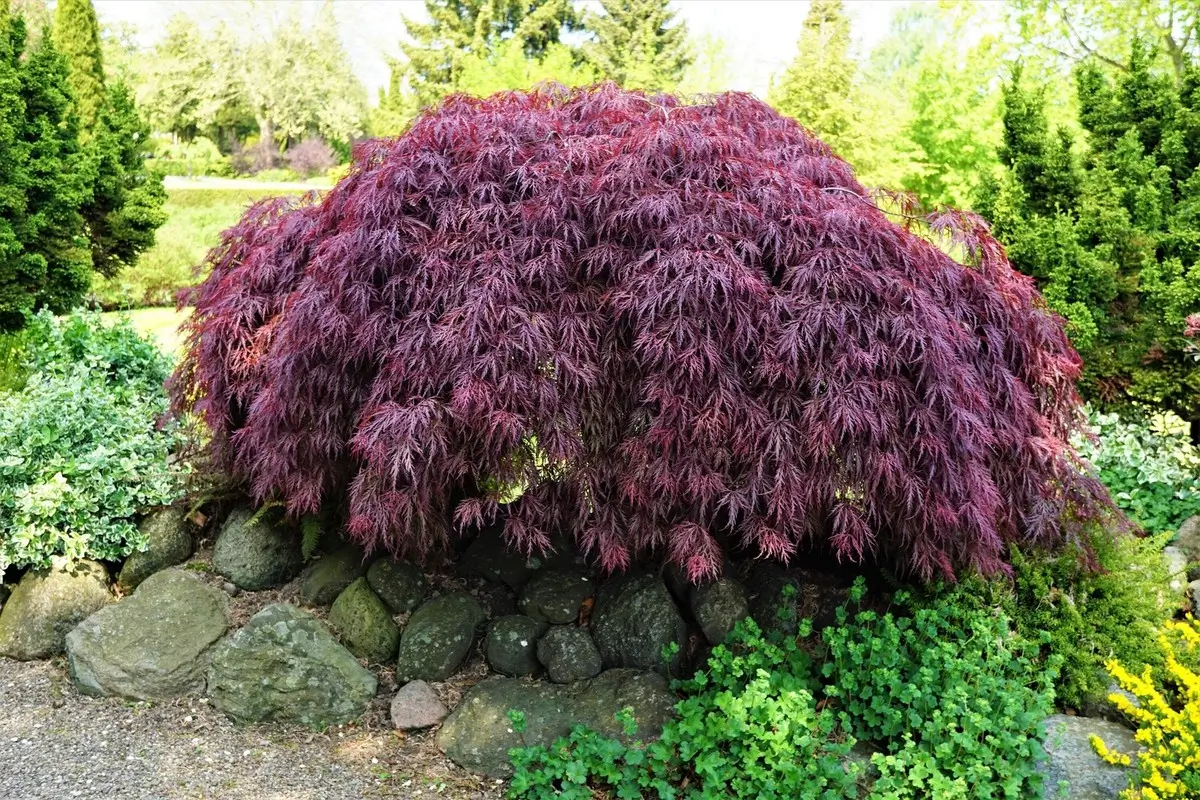
Inaba Shidare Japanese Maple
A beautiful, lovely tree that adds grace to any landscape
They do not require much special attention and care - care is easy and fast. These hardy plants bloom sporadically, especially following rain showers but also under dry spells if they are watered properly. You can enjoy their beautiful blooms year after year by simply understanding their light, soil, and watering needs.
Rain Lilies require full sun to partial shade. Plant in a place that gets at least 6 hrs sun daily for the best blooming results. They’ll survive in some light shade, particularly in hotter areas, but won’t bloom much without full sunlight. The more sun, the greater the chance they’ll surprise you after a rain with their stunning flowers.
These flowers thrive in well-draining soil, which helps prevent the bulbs from rotting. A slightly acidic to neutral soil (pH 6.0-7.0) is best. Mixing in compost or well-rotted manure will improve drainage if your soil is heavy or clay-based. Rain Lilies do not require particularly rich soil, but a little organic matter will enrich both texture and nutrient levels.
Rain Lilies like moderate to regular watering during the hot months or dry spells. While they like moisture, they can’t bear standing water or soggy soil. They will typically bloom within a day or two after a rain, showing how closely their blooming time matches with moisture. However, you should avoid overwatering, as it can cause bulb rot. In dry climates, watering regularly, but allowing the soil to dry between waterings, is the way to go.
Rain Lilies don’t need much pruning. To ensure the plant looks tidy and encourages new growth, just remove spent flowers and dead foliage as they wilt. It’s also good to trim any damaged or diseased leaves. In late fall or early winter, you may cut back the plant’s leaves if you wish to tidy up the garden, but this is generally not necessary as the foliage naturally fades after blooming.
Rain Lily propagates easily by bulb division or seeds. Here’s how:
Bulb Division:
Seeds:
It is less common, but you can also propagate Rain Lilies from seeds.
Rain Lilies do nicely in containers, so they’re a gorgeous choice for patios, balconies or windowsills.
Rain Lilies grown in a pot may go dormant in cooler weather.When that happens, ease back on watering, allow the foliage to yellow and die back, and wait for spring to renew growth. Repot every few years to refresh soil and to divide crowded bulbs.
Rain Lilies are usually hardy in USDA zones 7–10, but can be overwintered successfully in colder zones with a little care.
This type of care allows your Rain Lilies to come back again and be ready to flower when the next warm rain falls.
One of the things that makes Rain Lilies so lovely is that they bloom mysteriously after the rain. They usually bloom from late spring to early fall and can continue to bloom sporadically, especially if they get enough moisture. Flowers are funnel-shaped in several colors, including white, pink, yellow, and purple. They last a day or two and then fade away, only to be replaced by more flowers after the next rainfall.
While Rain Lilies are pretty low-maintenance, they do have a few potential challenges:
With their enchanting ability to bloom after a rainstorm, the Rain Lily is a truly magical addition to any garden. Whether in the ground or in a pot, these beautiful plants will brighten your landscape! They have few demands and often delight gardeners with surprise blooms. So, the next time you hear the rain fall, keep an eye out for the beautiful, delicate flowers of the Rain Lily to grace your garden.
Rain Lilies bloom randomly and usually following a rain. They can flower multiple times throughout the growing season, from late spring to early fall.
Yes, Rain Lilies can be grown indoors as long as they get a lot of direct sunlight and are cared for properly. A south-facing window within 6 hours of sunlight is ideal.
Growing them needs well draining soil and moderate watering, However, it’s not a very easy plant to grow.
The flowers come in various colors, including white, pink, yellow, and purple, depending on the species and cultivar.

Soil Health & Fertilization
Victor Miller

Pest Identification & Prevention
Victor Miller

Lawn Care Tips & Maintenance
Victor Miller

Soil Health & Fertilization
Victor Miller

Smart Irrigation Systems
Victor Miller

Patios, Walkways & Driveways
Victor Miller

Soil Health & Fertilization
Victor Miller

Pest Identification & Prevention
Victor Miller
My Account
Our team is always here to help.
We are open Monday - Friday, 9:00 AM to 4:30 PM PST.